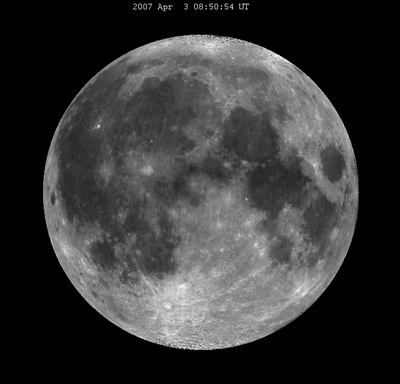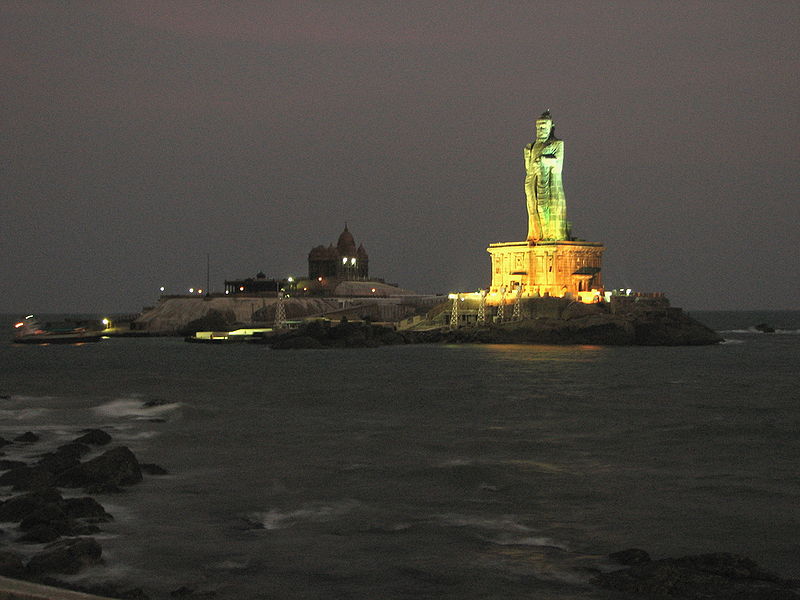ajbock wrote:I'm still abit vague tho on what effect the "horizon proximity" illusion would have on a "scheduled" total or annular eclipse. Since there is a gross diference between the distances to the sun and moon, I wonder if the horizon proximity effect would alter transit coverage area expectations and "actual" observered size ratios.
The illusion is just that- an illusion; a trick of human perception. So it would have absolutely no effect on anything. The atmosphere does refract light, however, and that means that the closer you get to the horizon the more error there is between an astronomical object's actual and observed position. Right at the horizon, the refraction is about 1/2°, or the size of the Sun and Moon. This means that when you see either just touching the horizon, the object itself is actually below the horizon. That is enough to cause several minutes of timing error. It also means that there may be a position shift of the eclipse path if part of that path is in a sunrise or sunset zone. So if you were planning on critically observing an eclipse right at sunrise or sunset, you would want to compensate your timing and position to allow for this effect. Refraction effects drop off quickly with altitude, so you probably would not find it necessary to compensate if the Sun were more than about 10° above the horizon.
I witnessed an
annular solar eclipse at sunset back in 1992, and don't recall needing to compensate for position; the timing could have been slightly off and I wouldn't have noticed.
The difference in distance between the Sun and Moon isn't relevant to atmospheric refraction and distortion, since the rays from either are passing through exactly the same path. Even though the distances are very different, all the optical effects happen in the last few hundred kilometers of their light paths.
 Millennium Annular Solar Eclipse
Millennium Annular Solar Eclipse


